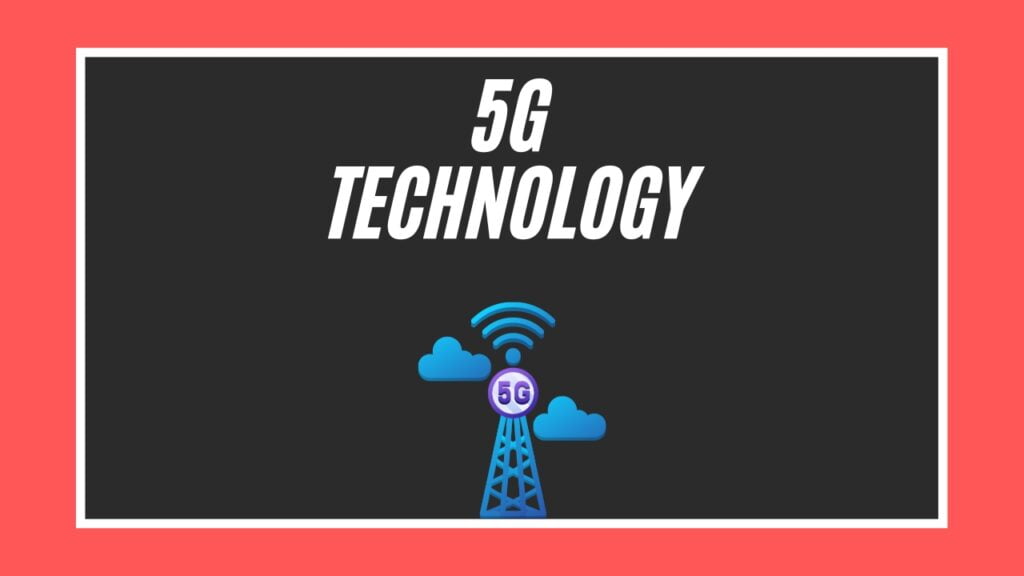Augmented reality (AR) refers to a technology that combines computer-generated information, such as graphics or data, with the user's real-world environment in real-time. The goal of augmented reality is to enhance the user's perception and interaction with the physical world by overlaying digital content onto it.
Unlike virtual reality, which creates a completely immersive digital environment, augmented reality supplements the real world rather than replacing it.
AR is generally accessed through gadgets like tablets, smartphones, smart glasses, and AR headsets. These devices use cameras, sensors, and other technologies to capture the real-world environment and integrate virtual elements into it. The result is a composite view that allows users to see both the physical world and computer-generated content simultaneously.
Common Applications of Augmented Reality

Mobile Apps
Many mobile applications use AR to provide users with additional information about their surroundings. AR navigation apps, for instance, have the capability to superimpose directions onto a smartphone camera-captured image of the real world.
Gaming
Augmented reality has been popularized in gaming, where virtual elements are superimposed onto the real world. Games like Pokémon GO use AR technology to place virtual creatures in the player's physical environment.
Education
AR can be used in educational settings to enhance learning experiences. It allows students to interact with 3D models, historical reconstructions, or other educational content in a real-world context.
Retail and Shopping
Some retailers use AR to allow customers to visualize how products will look in their homes before making a purchase. This can include trying on virtual clothing or placing virtual furniture in a real-world space.
Healthcare
In healthcare, AR can be used for medical training, surgery planning, and to assist surgeons during procedures by providing relevant information in real-time.
Industrial and Maintenance
AR is employed in industries for tasks such as maintenance and repair. Technicians can use AR glasses to overlay instructions or schematics onto machinery, facilitating the repair process.
The field of augmented reality is dynamic, and ongoing developments continue to expand its applications across various industries. As technology advances, AR is likely to become more integrated into our daily lives, offering new and innovative ways to interact with information and the environment.
What is virtual reality?

Virtual reality (VR) is a term used to describe an interactive, three-dimensional environment or simulation created by computers. Unlike traditional computer interfaces, which involve interaction through monitors or screens, VR aims to create a sense of presence, making users feel as though they are physically present in a simulated environment.
Key components of virtual reality include:
1. Head-Mounted Display (HMD)
Users typically wear a special VR headset, or HMD, that covers their eyes and ears. These headsets contain displays that present a stereoscopic view, providing a separate image for each eye to create a sense of depth.
2. Motion Tracking
VR systems often use sensors or cameras to track the user's head movements and adjust the visual display accordingly. This allows users to look around and explore the virtual environment in a natural way.
3. Input Devices
To interact with the virtual world, users use input devices like motion controllers or handheld devices. These devices allow users to manipulate objects, navigate within the virtual space, and engage with the simulated environment.
4. Immersive Audio
In addition to visual elements, VR systems often incorporate spatial audio technology to enhance the immersive experience. Sounds are positioned in a three-dimensional space to match the user's perspective.
5. Computer Processing
VR experiences require significant computing power to generate realistic graphics and respond to user interactions in real-time. High-performance computers or gaming consoles are commonly used to support VR applications.
The technology behind virtual reality continues to advance, offering more realistic and sophisticated experiences. As VR evolves, it is likely to find new applications across various industries.
Difference Between Augmented Reality and Virtual Reality
Although augmented reality (AR) and virtual reality (VR) are both immersive technologies, their approaches to fusing digital content with the real world are different. Here are the key distinctions between AR and VR:
1. Reality Interaction
AR (Augmented Reality): Augments or overlays digital content onto the real-world environment. Users can see both the physical world and computer-generated content simultaneously.
VR (virtual reality) creates a completely immersive digital environment that replaces the real world. Users are fully immersed in a computer-generated reality and typically cannot see the physical world around them.
2. Hardware
AR: Devices for AR include smartphones, tablets, smart glasses, and specialized AR headsets. These devices often have cameras and sensors to capture the real-world environment and display digital content.
VR: VR requires more specialized hardware, such as VR headsets. These headsets completely block out the real world and provide a fully immersive experience with built-in displays, motion sensors, and sometimes hand controllers.
3. User Interaction
AR: Users interact with both the real world and digital content. Interaction can include gestures, touch, voice commands, and more.
VR: Interaction is typically limited to the virtual environment. Users may use hand controllers, gestures, or other devices to interact with objects and navigate within the VR space.
4. Immersiveness
AR: Provides a partial or semi-immersive experience, as users are still connected to the real world.
VR: Offers a fully immersive experience, isolating users from the physical world and transporting them entirely into a virtual environment.
5. Use Cases
AR: Common applications include mobile apps, gaming, education, navigation, and industrial uses where digital information enhances real-world experiences.
VR: Common applications include gaming, simulations, virtual tours, training simulations, and experiences designed for complete immersion.
6. Spatial Requirements
AR: Can be used in any physical space, as it overlays digital content onto the real world.
VR: Requires dedicated physical space for users to move around without obstacles. Some VR experiences may involve limited movement or be stationary.
7. Examples
AR: Pokémon GO (mobile game), AR navigation apps, Snapchat filters, Microsoft HoloLens (AR headset).
VR: Oculus Rift, HTC Vive, PlayStation VR, and applications like VR gaming, virtual simulations, and VR cinema experiences.
In summary, while both AR and VR offer immersive experiences, AR integrates digital elements into the real world, whereas VR creates a fully immersive digital environment. The choice between AR and VR depends on the specific use case and the level of immersion desired.









